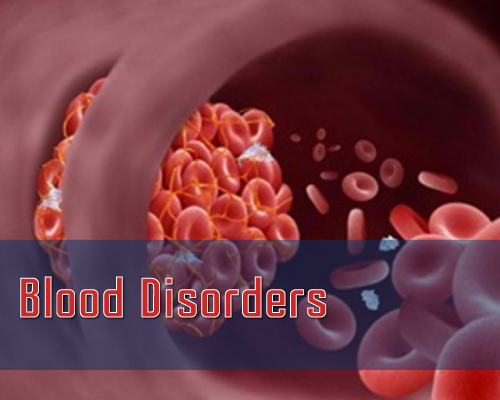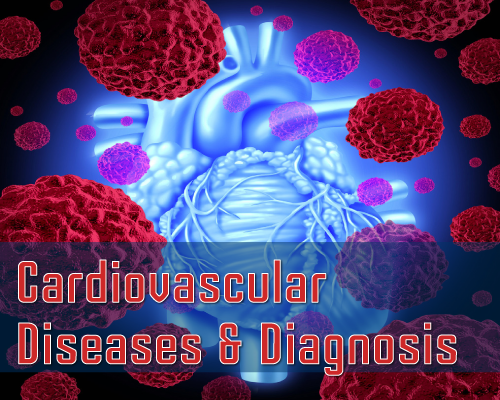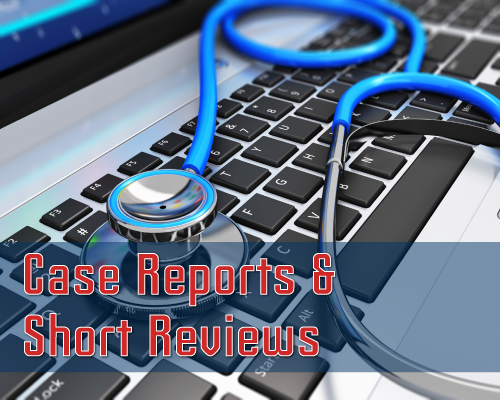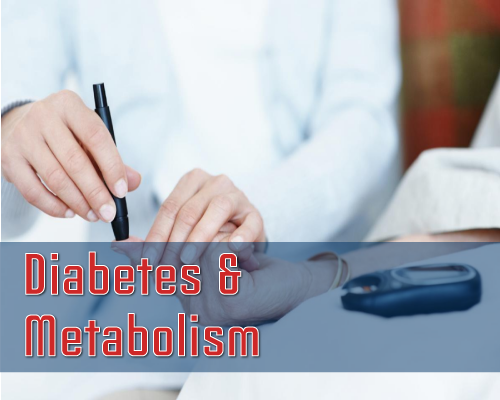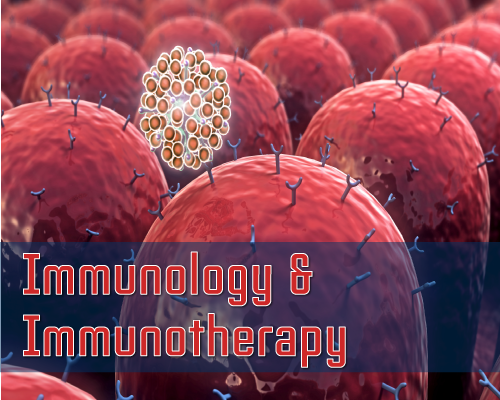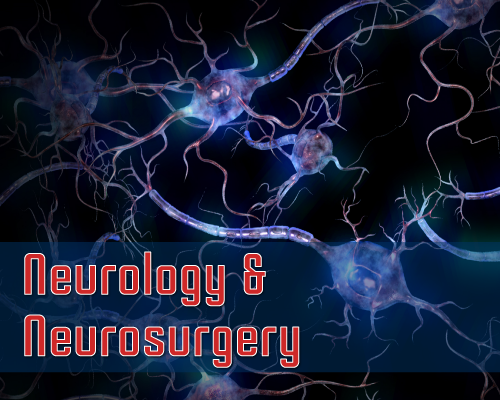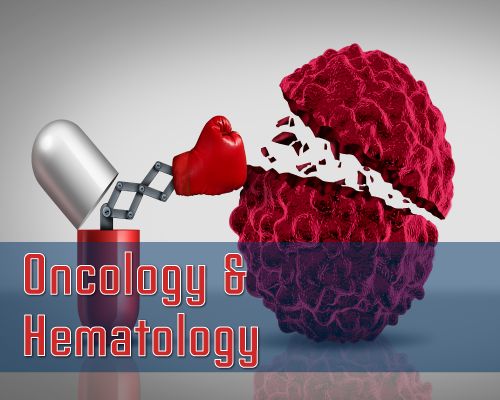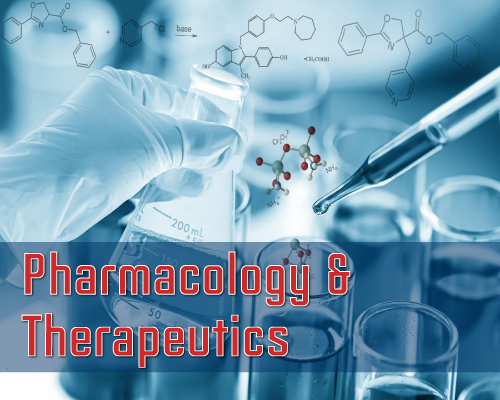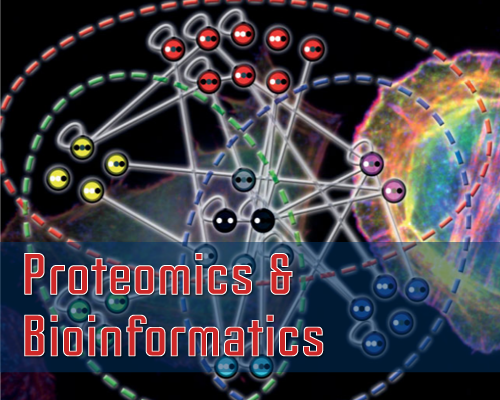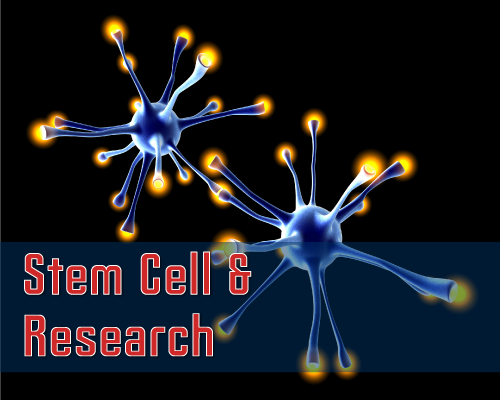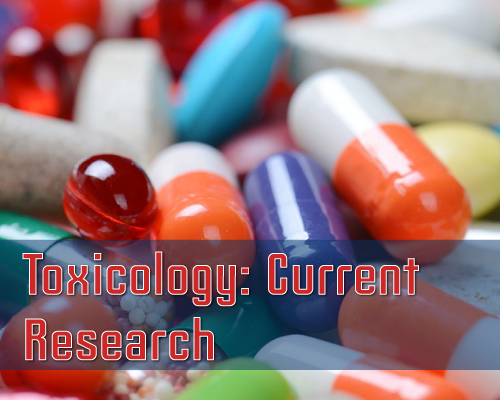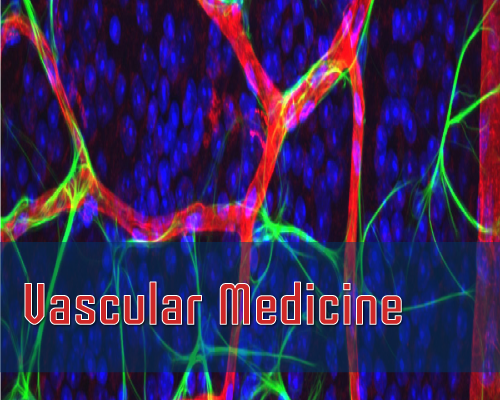Case Report
The First Reported Case of Acute Ischemic Stroke Treated with Tissue Plasminogen Activator at Mansoura University, Egypt
Ahmed Farouk Donia1*, Nourelsabah Mohamed Elbialy1, Nada Abdelhameed Elsaid2 Rasha Hamed Abouelenein1
1Nephrology and internal medicine unit, Urology and nephrology center, Mansoura University, Egypt
2Neurology department, Mansoura University hospital, Mansoura University, Egypt
*Address for Correspondence: Ahmed Farouk Donia, Nephrology and internal medicine unit, Urology and nephrology center, Mansoura University, Egypt, Tele: +0020502202222; Fax: 0020502202717; Email: [email protected]
Dates: Submitted: 17 July 2017; Approved: 01 September 2017; Published: 05 September 2017
Citation this article: Donia AF, Elbialy NM, Elsaid NA, Abouelenein RH. The First Reported Case of Acute Ischemic Stroke Treated with Tissue Plasminogen Activator at Mansoura University, Egypt. Int J Brain Disord Ther. 2017;1(1): 003-005.
Copyright: © 2017 Donia AF, et al. This is an open access article distributed under the Creative Commons Attribution License, which permits unrestricted use, distribution, and reproduction in any medium, provided the original work is properly cited.
Keywords: Acute- Ischemic stroke; Tissue plasminogen activator; Egypt
Abstract
Recombinant Tissue Plasminogen Activator (rt-PA) is the standard of care for treatment of acute ischemic stroke. Nevertheless, its widespread use in Egypt is hindered by many factors. We report on the first case of acute ischemic stroke to be treated with rt-PA at our University hospitals. She received rt-PA 4 hours and 20 minutes after the onset of symptoms despite the occurrence of stroke inside the hospital and the availability of rt-PA. The patient showed partial improvement after 3 months. We hope that public and medical staff awareness as well as our developing experience relative to treatment of acute ischemic stroke would improve over time allowing for avoidance of long-term suffering of these patients.
Introduction
Recombinant Tissue Plasminogen Activator (rt-PA) has become the standard of care for treatment of acute ischemic stroke according to well-defined criteria [1]. Nevertheless, its widespread use in Egypt is hindered by its high cost as well as the lack of on-time availability, stroke care units and public awareness. Hereby, we report on the first case of acute ischemic stroke to be treated with rt-PA at our University hospital.
Case report
On October 1st 2016, a 73-year old lady was admitted to our center for elective renal stone extraction. The patient was obese (body mass index = 38.5) with long-standing hypertension (controlled with beta blocker) yet fully independent and of good general condition.
During admission, she was clinically stable. She had no fever or dehydration. She did not receive prophylactic heparin as she was freely ambulant.
On the 4th day of hospital admission; before having any surgical intervention, the patient was referred from urology department to intensive care unit of our center at 10 am in view of acute onset left-sided weakness. Seven minutes later, non-contrast brain CT was performed and it was unremarkable.
Neurology department was urgently requested to assess the patient and the possibility of urgent rTPA administration. Repeated brain CT at 12.21 pm was also unremarkable with no evidence of cerebral hemorrhage.
On examination, blood pressure was 160/90 and pulse was regular at 65 beats per minute. The patient was conscious, oriented to time place and persons with Glasgow Coma Scale of 15. Nevertheless, she was found to have mild slurred speech, left upper motor neuron facial palsy and left hemi paresis. Muscle power was grade 2 and 3 for left upper and lower limbs respectively. NIH Stroke Scale was 8. The patient was diagnosed as a case of left-sided acute ischemic stroke.
Laboratory data showed: Serum creatinine 1 mg/dl, random blood sugar 181 mg/dl, hemoglobin 14.3 g/dl, platelets 244.000/µl, WBCs 14.000 /µl, INR 1.03 and normal liver function tests.
There was no past history of previous surgical operations within the past 3 months, trauma or seizures. After group discussion that involved neurology, ICU and urology teams as well as the patient and her family and, a decision was made to administer rt-PA. The total calculated rt-PA dose (body weight = 100 kg). A bolus dose of 9 mg was given 4 hours and 20 minutes after the onset of neurological symptoms followed by 81 mg as an infusion over 1 hour. At the start of therapy, blood pressure was 150/90. During the infusion period, vital signs were stable and no change was noticed in terms of neurological deficit or consciousness level.
The patient was monitored at ICU for 48 hours. Her clinical status and vital signs remained stable and there was no evidence of bleeding. Follow up brain CT 24 hours after rTPA infusion did not show any changes compared to the earlier imaging. She was maintained on aspirin, statin, beta blocker and vincamine. The patient was referred to neurology department and was discharged 4 days later with the same neurological deficit.
The patient was followed up one month later (November 3rd 2016). She was clinically stable yet there was no significant improvement of her neurological deficit. Her modified Rankin Scale was 4 (moderately severe disability; the patient is unable to attend to own bodily needs without assistance and is unable to walk unassisted).
The patient was reassessed on December 26th 2016 (3 months after onset of stroke). Her neurological deficit showed some improvement. Her modified Rankin Scale has become 3 (moderate disability; the patient requires some help but able to walk unassisted).
Discussion
Due to the unavailability of rt-PA in our locality and the strict time frame for its use in acute ischemic stroke, a single rt-PA dose has been made available in stock at our center since 2013. Our patient is not only the first case with acute ischemic stroke to be treated with rt-PA at our center but also the first to be reported across all other University centers and hospitals of our Governorate.
The delay in starting rt-PA (4hours and 20 minutes) was partially due to the relative lag in the calling system between our specialized center and the mother University hospital as well as the lack of previous experience which caused some hesitation among teams of different specialties involved in our patient care.
Although the benefit of rt-PA is well established, only 3- 5% of patients with acute ischemic stroke in the United States receive this treatment [2,3]. The most common exclusion for rt-PA is failure to arrive at the hospital in time, with only 22%-31% of patients presenting to an emergency department within 3 hours from symptom onset [4,5].
Our case received rt-PA 4 hours and 20 minutes after the onset of symptoms. Although, the US Food and Drug Administration label states that treatment should be initiated only within 3 hours after the onset of stroke symptoms (based on the original National Institute of Neurologic Diseases and Stroke trial), the new statement of American Heart Association/ American Stroke Association (AHA/ASA) recommends that “Intravenous rt-PA treatment in the 3- to 4.5-hour time window is also recommended for those patients younger than 80 years of age without a history of both diabetes mellitus and prior stroke, NIHSS score < 25, not taking oral anticoagulants, and without imaging evidence of ischemic injury involving more than one third of the middle cerebral artery territory [1].
Our patient showed partial improvement that was only noticed late during the 3-month period after rt-PA administration. Jaffrey, et al [6]. Analyzed data from 58 353 patients with acute ischemic stroke treated with tPA within 4.5 hours of symptom onset. More rapid tPA therapy was associated with more frequent independent ambulation at discharge. Incomplete recovery of our patient may also be due to other factors such as the admission NIHSS score, stroke sub type and size of the affected artery as well as percentage of recanalization. Despite that clinical studies suggest that rt-PA benefits stroke patients regardless of the underlying etiology Anticoli, et al [7]. Reported that it is more effective in cardio embolic than in the non-cardioembolic (like our case) patients. Moreover, despite that NIHSS is indispensable for both prognosis and treatment in patients with acute ischemic stroke, Siniscalchi, et al [8] reported that this might not be applicable to posterior circulation stroke sub type which is difficult to diagnose using the NIHSS.
In conclusion, awareness among medical staff, rapid prompt evaluation and decision making as well as availability of rt-PA are crucial issues to prevent permanent disability among our acute ischemic stroke patients. We hope that these parameters would improve after our first experience.
References
- Demaerschalk BM, Kleindorfer DO, Adeoye OM, Demchuk AM, Fugate JE, Grotta JC, et al. Scientific Rationale for the Inclusion and Exclusion Criteria for Intravenous Alteplase in Acute Ischemic Stroke: A Statement for Healthcare Professionals From the American Heart Association/American Stroke Association. Stroke. 2016; 47: 581-641. https://goo.gl/q1sEzp
- Adeoye O, Hornung R, Khatri P and Kleindorfer D. Recombinant tissue-type plasminogen activator use for ischemic stroke in the United States: a doubling of treatment rates over the course of 5 years. Stroke. 2011; 42: 1952-1955. https://goo.gl/LcY8De
- Nasr DM, Brinjikji W, Cloft HJ and Rabinstein AA. Utilization of intravenous thrombolysis is increasing in the United States. Int J Stroke. 2013; 8: 681-688. https://goo.gl/yfW74e
- Kleindorfer DO, Broderick JP, Khoury J, Flaherty ML, Woo D, Alwell K, et al. Emergency department arrival times after acute ischemic stroke during the 1990s. Neurocritical Care. 2007; 7: 31-35. https://goo.gl/nW8zrH
- Majersik JJ, Smith MA, Zahuranec DB, Sanchez BN and Morgenstern LB. Population-based analysis of the impact of expanding the time window for acute stroke treatment. Stroke. 2007; 38: 3213-3217. https://goo.gl/NumL2M
- Saver JL, Fonarow GC, Smith EE , Reeves MJ, Grau-Sepulveda MV, Pan W, et al. Time to Treatment With Intravenous Tissue Plasminogen Activator and Outcome From Acute Ischemic Stroke. JAMA. 2013; 309: 2480-2488. https://goo.gl/mUsXp9
- Anticoli S, Bravi MC, Perillo G, Siniscalchi A, Pozzessere C, Pezzella FR, et al. Effect of Cardioembolic Etiology on Intravenous Thrombolysis Efficacy for Acute Ischemic Stroke. Curr Neuro vasc Res. 2016; 13: 193-198. https://goo.gl/usrYoo
- Siniscalchi A, Sztajzel R, Malferrari G and Gallelli L. The National Institutes of Health Stroke Scale: Its Role in Patients with Posterior Circulation Stroke. Hosp Top. 2017; 23: 1-3. https://goo.gl/LYngjf
Authors submit all Proposals and manuscripts via Electronic Form!


